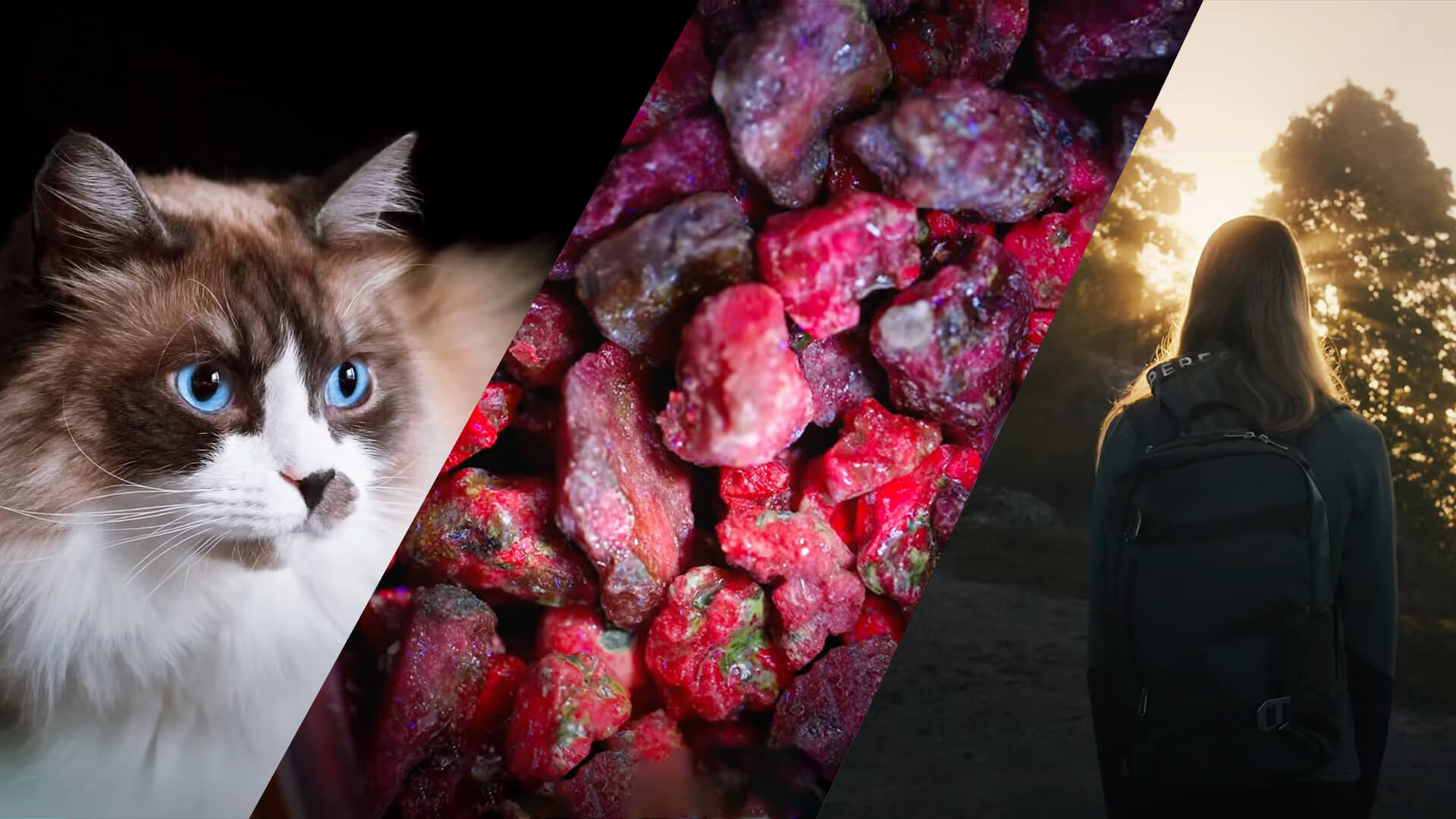
Color Grading Film
When a film production nears completion, the final edited version is sent to a dedicated colorist who provides the finishing color touches. Color grading is crucial for how the film is perceived visually. The colorist can choose to emphasize or tone down parts of the image to evoke specific emotions of the audience.
The task can also involve neutralizing the differences between footage from various cameras, filming locations or inconsistent lighting to give the film a cohesive look. Ultimately, it’s about creating a consistent mood that strengthens and aligns with the film’s story.
My relationship with color grading has deepened over the years, and I’ve learned industry-leading DaVinci Resolve to get the most out of every shot. My interest in color grading is constantly evolving, and I love experimenting with new techniques and looks.
My grading process..
-
Moodboard
I draw inspiration from other films to find and replicate a look that creates the right feel for the film.
-
Log - Rec.709
The raw footage is converted and white-balanced before a creative grade is applied.
-
Creative grade
A primary look is developed and refined to maintain a consistent visual tone throughout the project.
